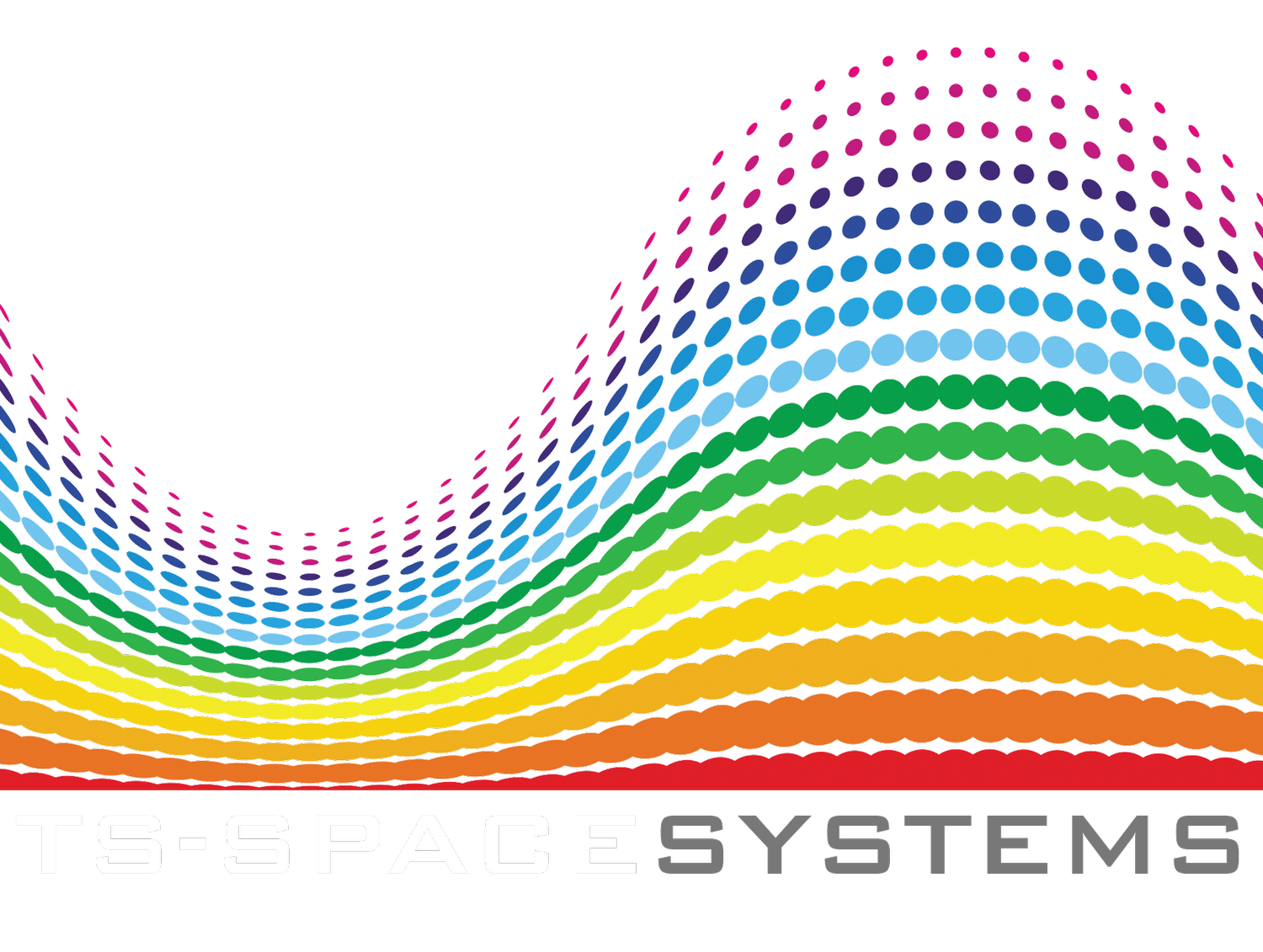Multi-Junction Cell Investigation Technique
A simplification of the N-zone solar simulator.
(This content is taken from a handout we provided for the 2015 AM0 Workshop detailing our N-Zone Solar simulator. It is also available as a PDF)
With the advent of cells with more than four junctions, the basic design of the TS-Space Systems Unisim range reached its sensible limit. To provide for five and more junctions, the N-zone solar simulator was introduced. This is very sophisticated, and can be used to analyse cells with up to twelve junctions with-out the adjustment of any one junction affecting the other.
A simplified version of this simulator is now offered. This is based on our standard, spectrally close-matched simulators, but uses LED boost zones in place of the traditional arc and tungsten lamps, up to 1100nm. These are much more compact than our simulator zones, are extremely stable and perform well within the international standards for spatial uniformity of +/-2%.
Figure 1: TS-Space Systems Unisim close match solar simulator set @ 90% of AM0 vs ASTM AM0 standard spectrum.
The basic technique, assuming that illumination levels above and below AM0 are required, is to reduce the overall level of illumination of the simulator so as to be, say, 10% below AM0, but maintaining the AM0 spectral distribution (Figure 1).
Selected LED's are then used to provide the correct illumination Figure 2: TS-Space Systems Unisim close match solar simulator set @ 90% of AM0 with selected LED's applied at 450nm, 900nm.
Selected LED's are then used to provide the correct illumination for each junction at AM0 (Figure 2). By varying the output of these LED's, the current in any selected junction may be increased or decreased as required. In this way, any junction may be investigated independently of any other junction. Please note that alternative LED wavelengths to the ones demonstrated here are available.
The LED banks can be retrospectively installed in existing Unisim solar simulators or included at the point of manufacture. They are computer controlled using dedicated rack-mount power supply units which control the current limit and temperature of the individual LED's to automatically prevent any drift in wavelength. Custom software allows for computer
control of an individual LED as well as groups of LED's with the same wavelength. LED output configurations of the simulator can be saved and recalled.
The software automatically detects the LED units installed at start-up which allows the user to replace individual LED's or even install an alternative wavelength LED with minimal disruption to the control system. Thus any later changes to simulator wavelength requirements can be accommodated with minimal cost and downtime.
Please feel free to contact us for more information and pricing.


